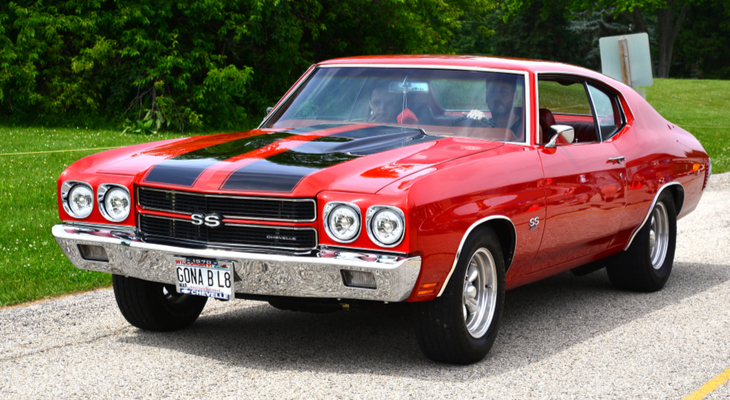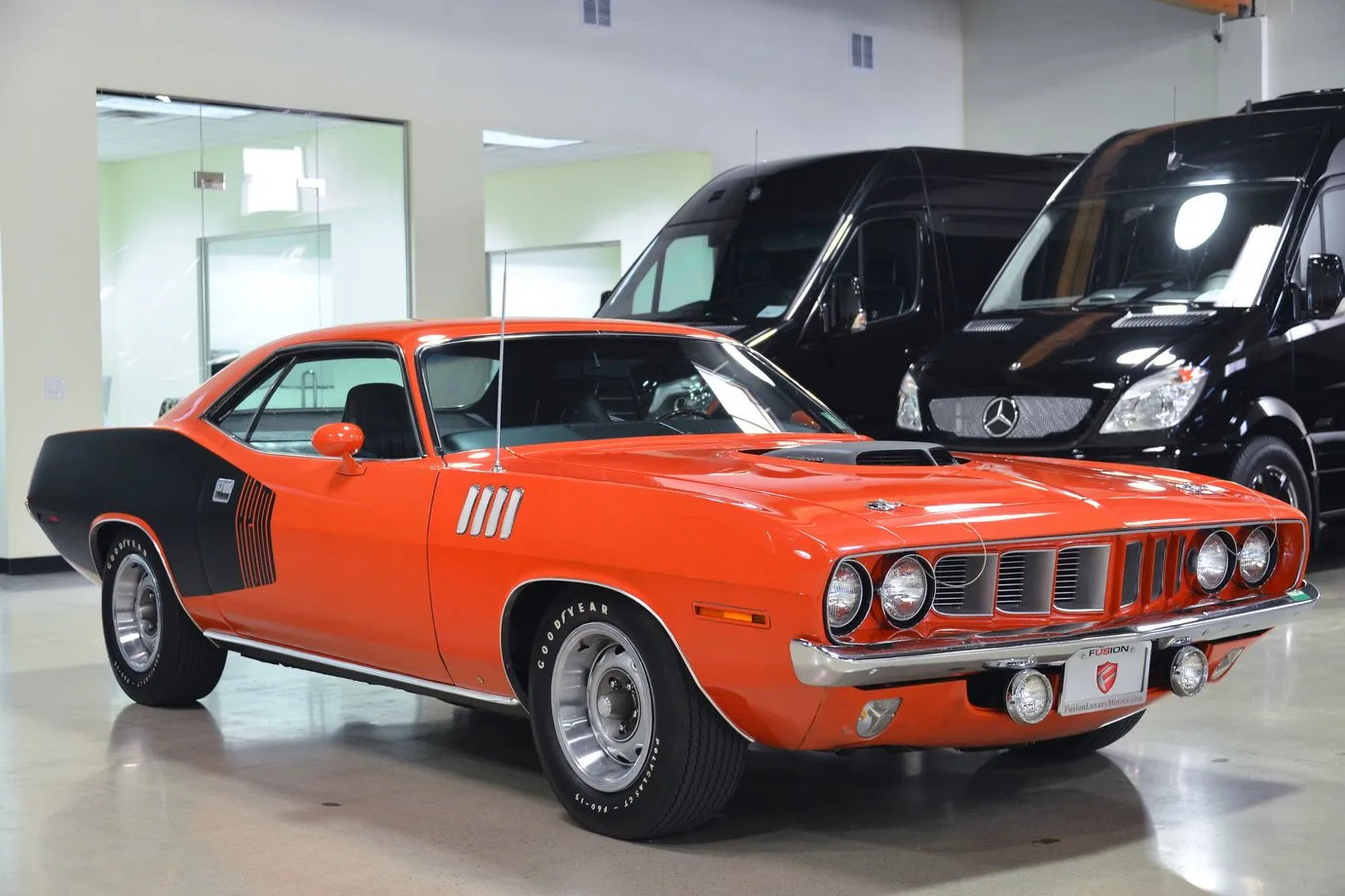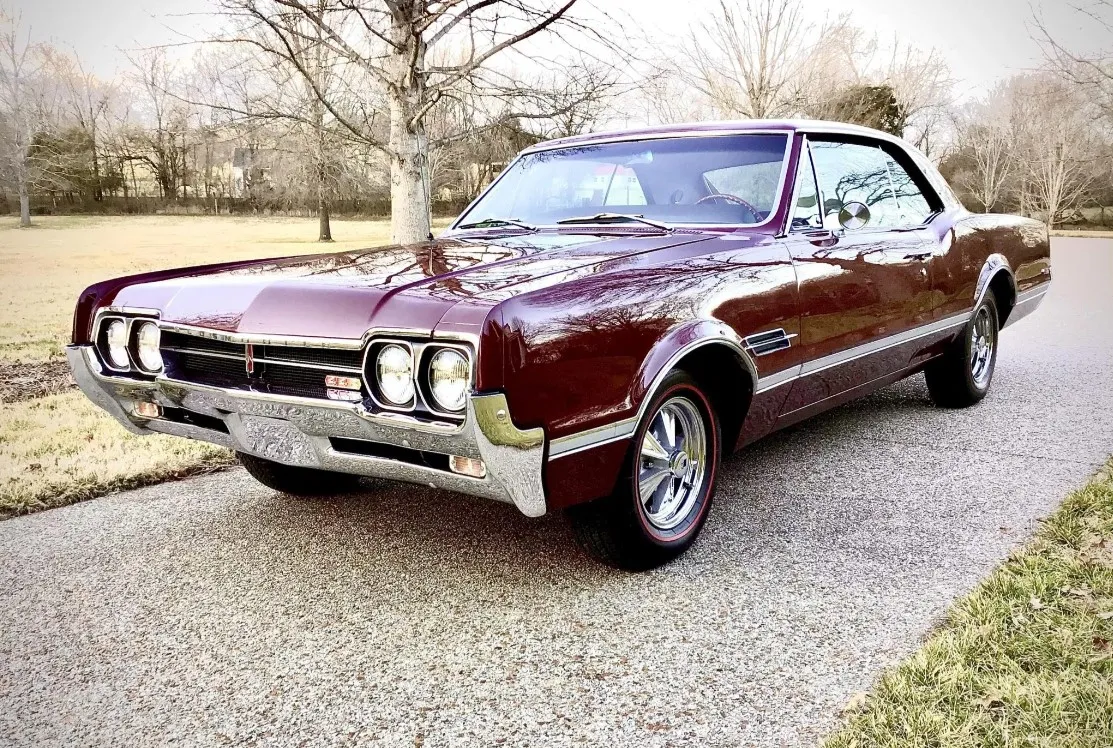In the late 1950s, American automakers were constantly exploring new niches and segments of the automotive market. It was during this era of innovation and experimentation that the 1959 Chevrolet El Camino emerged-a vehicle that defied traditional classification and captured the hearts of enthusiasts for decades to come. In this comprehensive 3000-word exploration, we'll dive into the history, design, impact, and enduring legacy of the 1959 Chevrolet El Camino.
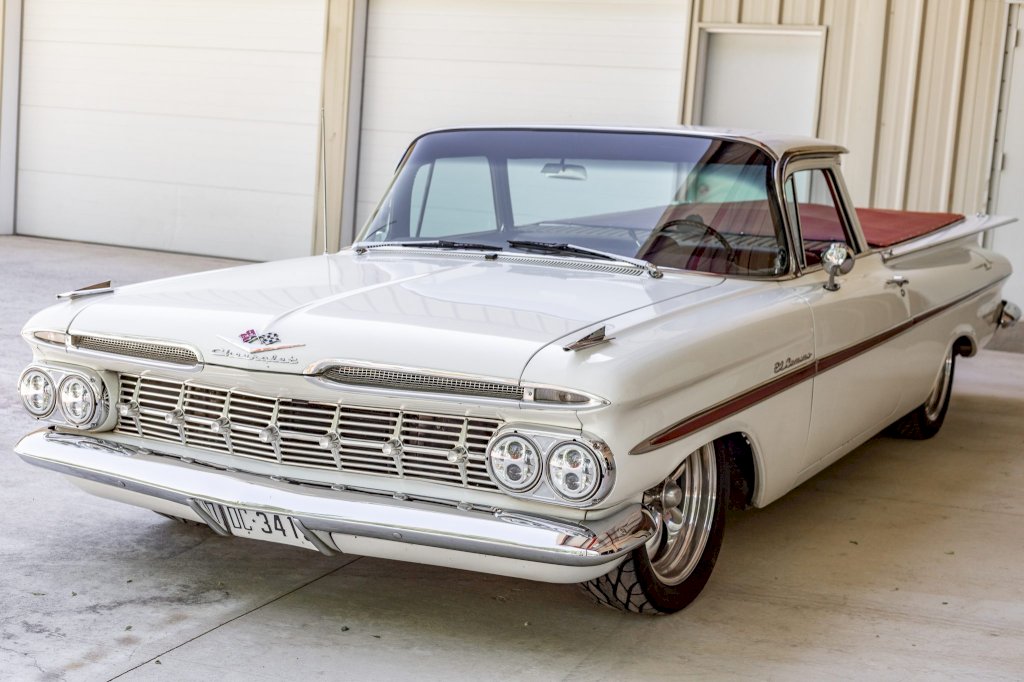
Setting the Stage
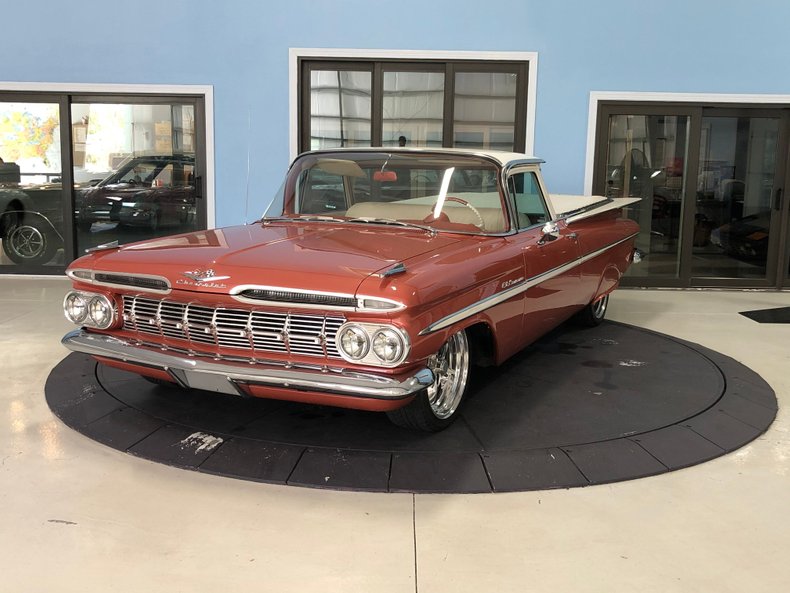
To appreciate the significance of the 1959 El Camino, we must first understand the automotive landscape of the late 1950s. This period marked a transition from the post-war era, characterized by practicality and thrift, to a new age of automotive design where style and individuality were paramount.
Chevrolet, a division of General Motors, was at the forefront of this transformation. The late 1950s were marked by the introduction of the Chevrolet Impala and Bel Air, both iconic nameplates known for their distinctive styling and performance. Against this backdrop of innovation, Chevrolet decided to venture into a unique market segment—the car-truck hybrid.
Birth of the El Camino
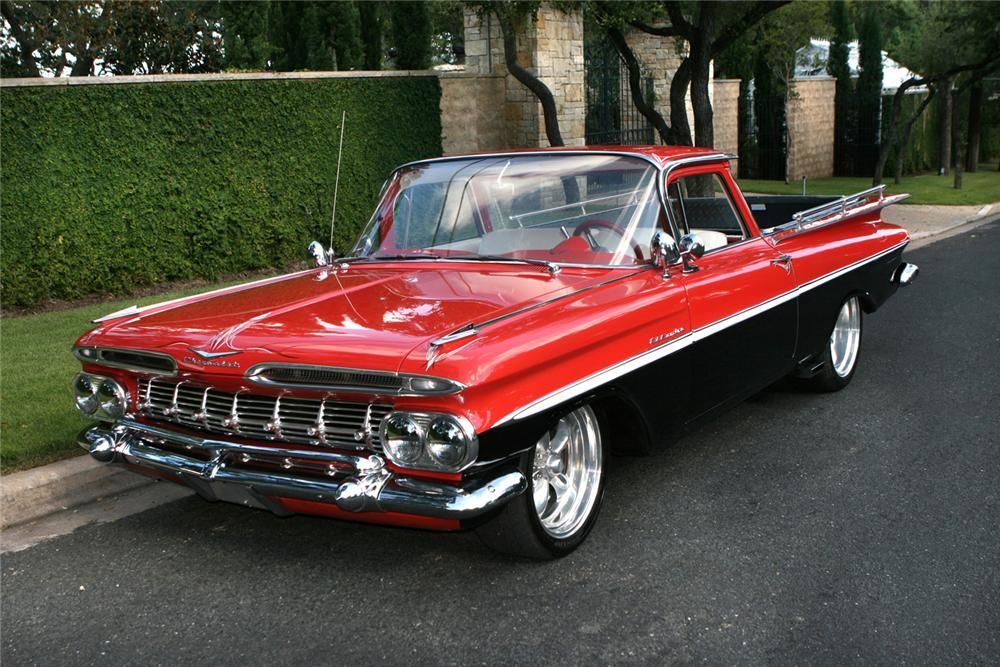
The idea of a car-based pickup truck had been explored by other manufacturers, but Chevrolet took it a step further with the introduction of the El Camino in 1959. The name "El Camino" itself, which means "the way" in Spanish, evoked a sense of adventure and open road—a fitting moniker for this versatile vehicle.
At its core, the El Camino was built on the same platform as the Chevrolet Impala, sharing many of its design elements. However, the rear of the vehicle was transformed into a pickup bed, creating a unique fusion of car and truck. This concept was Chevrolet's response to the increasing demand for more versatile transportation options.
Design and Styling
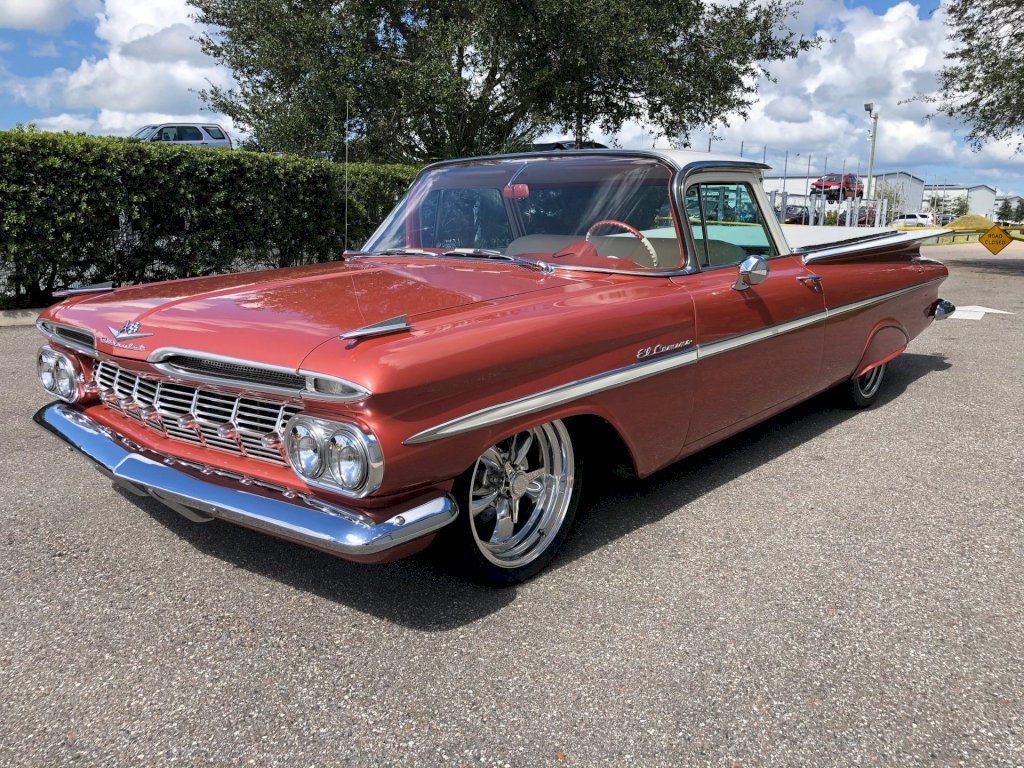
One of the most striking features of the 1959 El Camino was its bold and distinctive styling. The design language of the late 1950s was characterized by flamboyance, and the El Camino embraced this trend wholeheartedly.
The front of the vehicle featured the iconic "cat's eye" headlights and a bold chrome grille, both of which were hallmarks of Chevrolet's design philosophy at the time. The elongated rear section, which transitioned seamlessly into the pickup bed, created a sense of balance and proportion that was both functional and visually appealing.

The "fins," a design element synonymous with the late '50s, extended from the rear fenders, giving the El Camino an unmistakable presence on the road. This design choice not only added to the vehicle's aesthetic appeal but also paid homage to the era's fascination with space-age themes.
Engine Options and Performance

Under the hood, the 1959 Chevrolet El Camino offered a range of engine options, allowing buyers to tailor their vehicle to their specific needs and desires. The base engine was a 135-horsepower inline-six, providing adequate power for everyday driving and light hauling.
For those seeking more performance, Chevrolet offered a variety of V8 engines, including a 185-horsepower 283 cubic-inch V8. The top-of-the-line engine was a 315-horsepower 348 cubic-inch V8, which transformed the El Camino into a true muscle car, capable of impressive acceleration and speed.

The availability of multiple engines made the El Camino an attractive option for a diverse range of customers, from the practical-minded worker to the performance enthusiast.
Utilitarian Versatility

The defining feature of the 1959 Chevrolet El Camino was its versatile cargo bed. Measuring approximately 7.5 feet in length, the bed was designed to accommodate a variety of payloads, from construction materials to recreational gear. This adaptability made the El Camino a practical choice for both work and play.
To enhance its utility, Chevrolet offered a range of bed accessories, including cargo tie-downs and bed covers. The tailgate was designed to be easily removable, allowing for the transportation of longer items, such as lumber or surfboards.

The El Camino's combination of car-like comfort with truck-like utility made it a unique offering in the automotive market. It was a vehicle equally suited for a trip to the lumberyard as it was for a weekend getaway to the beach.
Sales and Reception

The 1959 Chevrolet El Camino generated significant interest and excitement upon its release. Its distinctive design and versatile capabilities captured the imagination of the American public, and it quickly found its way into the hearts and driveways of consumers.
Total production numbers for the 1959 El Camino amounted to 22,246 units, making it a relatively low-volume vehicle compared to Chevrolet's other offerings. However, its impact on the automotive landscape was far-reaching, as it helped establish the car-truck hybrid as a viable market segment.
The El Camino in Popular Culture

Over the years, the Chevrolet El Camino became a symbol of American automotive ingenuity and versatility. Its unique blend of style, performance, and utility appealed to a wide range of enthusiasts, and it became a beloved classic.
In popular culture, the El Camino made appearances in various forms of media. It was featured in movies and television shows, often as a representation of Americana and the open road. Its striking design and distinct presence ensured that it left a lasting impression wherever it appeared on screen.
Evolution and Legacy

The 1959 El Camino marked the beginning of a legacy that would continue for several decades. In the following years, Chevrolet would refine and redesign the El Camino, maintaining its unique combination of car and truck attributes.
Subsequent generations of the El Camino featured different design elements, ranging from the sleek lines of the 1960s to the more angular and muscular appearance of the 1970s. These changes reflected the evolving tastes and preferences of consumers.

The El Camino's legacy extended beyond Chevrolet, influencing other automakers to explore similar concepts. Ford introduced the Ranchero in response to the El Camino's success, creating a friendly rivalry in the car-truck hybrid market.
Enduring Enthusiasm
Today, the 1959 Chevrolet El Camino continues to hold a special place in the hearts of automotive enthusiasts and collectors. Its unique blend of style, performance, and versatility has made it a sought-after classic car.
Restoration projects are common, as enthusiasts take pride in preserving and restoring these iconic vehicles to their original glory. The demand for well-maintained and restored El Caminos remains strong, with collectors and hobbyists actively seeking them out.
Conclusion
The 1959 Chevrolet El Camino was a bold and innovative creation that defied traditional automotive categorization. Its striking design, versatile cargo bed, and range of engine options made it a symbol of American automotive ingenuity during a period of design experimentation.
While the 1959 El Camino represented the beginning of a legacy, it also left an indelible mark on the automotive industry and popular culture. Its enduring appeal and continued presence in the collector car market serve as a testament to its timeless design and enduring legacy.
As we reflect on the legacy of the 1959 Chevrolet El Camino, we recognize it as a vehicle that not only bridged the gap between car and truck but also captured the spirit of an era defined by innovation, style, and versatility.
